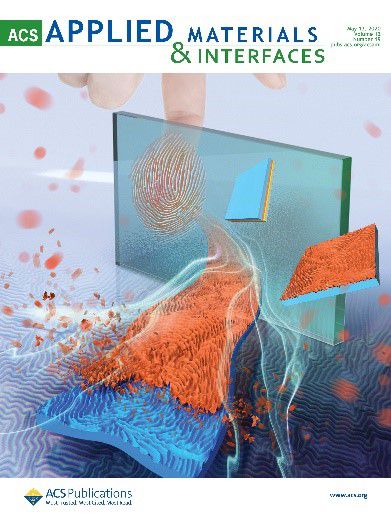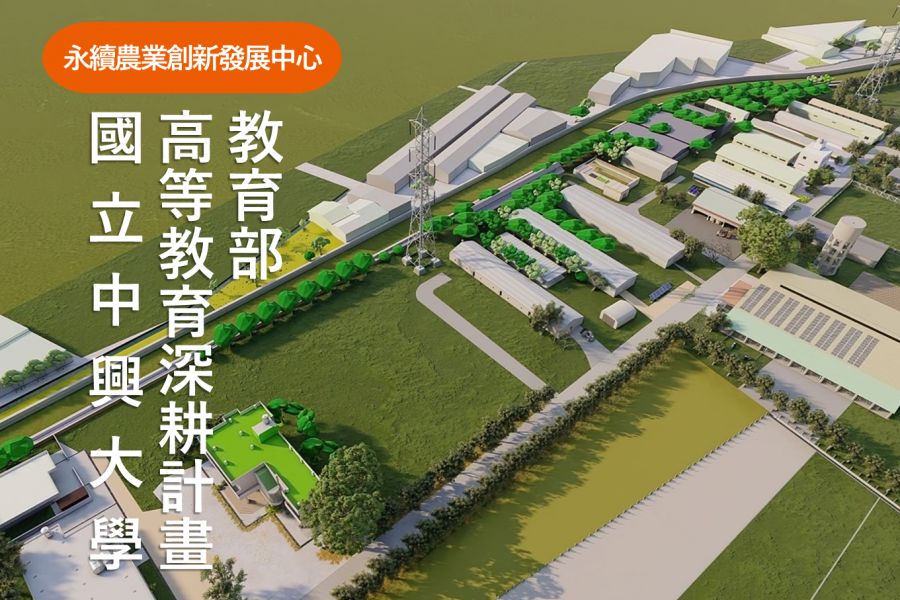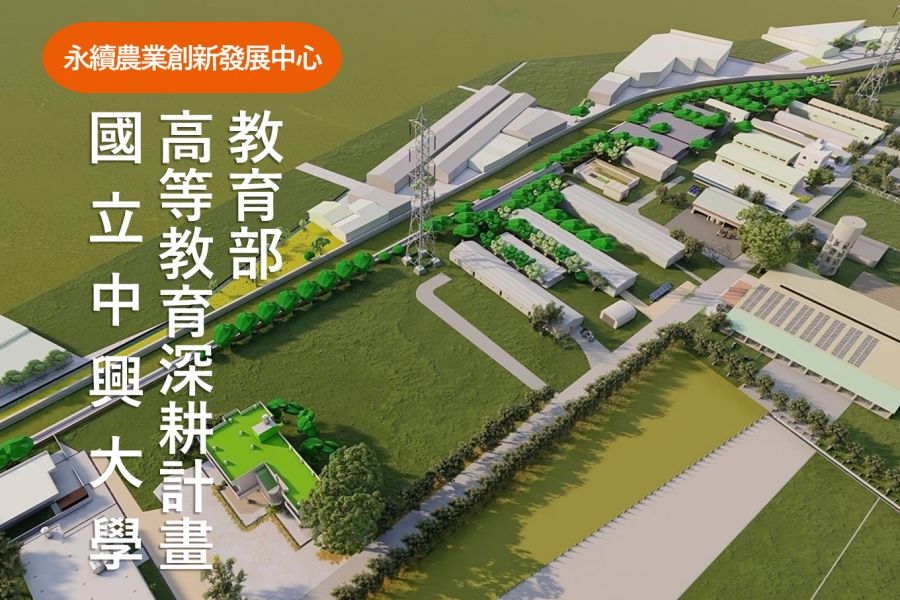Owing to the exponential growth of the human population and the rising food demand, identifying sustainable antimicrobials for higher agricultural productivity becomes essential. Hydrothermal precipitation for synthesizing versatile nanostructured zinc oxide particles (nZnOs), including nanorods (1D), nanoplatelets (2D), and multibranched flower-like particles (3D), was achieved by controlling pH values of source precursors and growth time. Hydrothermal synthesis is an eco-friendly process without the requirement of hazardous organic solvents. Results indicate that multibranched flower-like ZnO (3D nZnO) showed more remarkable, reliable, and stable antifungal activity compared with other nZnOs. Moreover, results of photodegradation and environmental resistance of the synthesized nZnOs revealed their potentials to reduce hazardous chemical pesticides and the eco-friendliness. This work is the first to compare the antimicrobial (i.e., antifungal) properties of various nZnOs and their applications in agriculture; Robust and inexpensive dry adhesives have a great potential in multitudinous industrial applications. Inspired from human fingerprints, in this study, we created durable single-component elastomer surfaces with symmetric and multiple concentric-shaped wrinkled patterns that exhibit isotropic dry adhesion capabilities. The patterns show flexible, durable, and isotropic dry adhesion capabilities that could be controlled by tuning their geometrical parameters (wrinkle wavelengths and amplitudes) and elastic modulus. In particular, the formation of symmetrically wrinkled patterns without using expensive lithography for patterning and costly material precursors is an advantage and could be extended to
other industrial applications, such as damage-free transportation, biomimetic climbing robots, and biocompatible medical patches; Monoculture could lead to the accumulations of allelochemicals, which were secreted by plant roots. These chemicals were proposed the major sources of building up the pathogen populations or autotoxins in soils, inducing directly or indirectly continuous cropping obstacle. Based on the adsorption results, we selected the biochar sample of WP400 (W denoted as wood chips that were rinsed in P solution prior to carbonization at 400oC) as soil amendments to examine whether the WP400 could alleviate the obstacles to continuous cropping and promote celery growth. Results showed that the applications of inorganic fertilizers or WP400 (0.3%) alone did not exhibit a significant improvement of shoot dry weight when the celery was planted in a continuous cropping of soils. However, the average shoot dry weight and total shoot biomass of celery could be increased 5 times when the fertilizers and 0.3% WP400 were simultaneously added in the continuous cropping of soils. In another set of experiments, we found that the 1% biochars mixed with fungus-infested soils (105 propagules/g) for three weeks could reduce the disease severity of Fusarium wilt, especially for the P700 sample (Ponkan carbonized at 700oC). The major allelochemicals secreted by roots and the chemicals released from biochar will be also analyzed with LC/Q-TOF MS to clarify how WP400 alleviate the celery growth inhibition derived from continuous cropping obstacle.
 Figure. Research Acheivements(Subproject 4) Figure.
Figure. Research Acheivements(Subproject 4) Figure.Supplementary Cover Image





